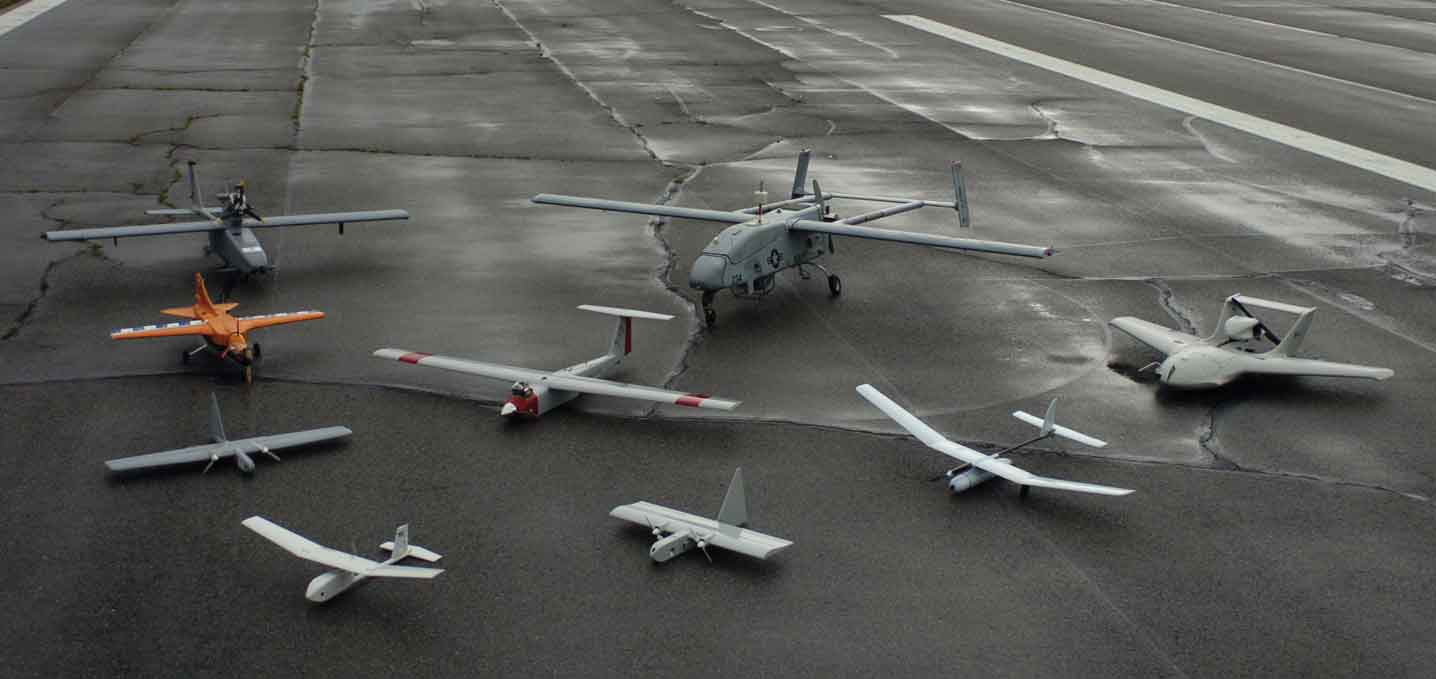
Various Unmanned Aerial Vehicles. Pictured are (front to back, left to right) RQ-11A Raven, Evolution, Dragon Eye, NASA FLIC, Arcturus T-15, Skylark, Tern, RQ-2B Pioneer, and Neptune.
Undoubtedly the fastest growing segment of military aviation research and development today, Unmanned Aerial Systems offer a host of operational, technical, economic and environmental advantages. Unmanned Aerial Vehicles (UAVs) have existed for a long time. They have been variously referred to as drones, robot planes, pilotless aircraft, Remotely Piloted Vehicles (RPVs) and Remotely Piloted Aircraft (RPAs) to describe aircraft that fly under control with no human beings aboard. UAVs use aerodynamic forces to provide lift; they can fly autonomously or be piloted remotely, can be expendable or recoverable with the capability to carry lethal or non-lethal payload.
Emergence of Unmanned Aerial Systems
The last decade of global conflict has witnessed the dawn of the age of the robot plane. Unmanned Aerial Systems (UAS) have been around for decades but today, they are ubiquitous war machines with unmatched endurance and lethal combat capabilities. Undoubtedly the fastest growing segment of military aviation research and development today, Unmanned Aerial Systems offer a host of operational, technical, economic and environmental advantages. Unmanned Aerial Vehicles (UAVs) have existed for a long time. They have been variously referred to as drones, robot planes, pilotless aircraft, Remotely Piloted Vehicles (RPVs) and Remotely Piloted Aircraft (RPAs) to describe aircraft that fly under control with no human beings aboard. UAVs use aerodynamic forces to provide lift; they can fly autonomously or be piloted remotely, can be expendable or recoverable with the capability to carry lethal or non-lethal payload. In recent times, the term ‘Unmanned Aerial Vehicle’ has gained acceptance and when combined with ground control stations and data links, they constitute UAS.
Generally, UAS are cheaper to procure and operate as compared to manned aircraft.
In many recent wars and even peacetime missions, the UAS have performed roles traditionally carried out by manned aircraft. UAS offer two main advantages over manned aircraft. They eliminate the risk to a pilot’s life and their aeronautical capabilities such as endurance are not constrained by human limitations. Generally, UAS are cheaper to procure and operate as compared to manned aircraft.
Currently, UAS are employed by militaries around the world for intelligence, surveillance, reconnaissance, electronic warfare and strike missions. In future, they could be employed for resupply, combat search and rescue, aerial refuelling and air combat. The availability of advanced navigation and satellite communication technologies has made remote operations of UAS more practical. The changing nature of military operations where it becomes necessary to conduct search and destroy missions in populated areas has increased the demands on UAS. The capability of a UAV to loiter, search, identify and strike targets while minimising collateral damage, makes it an invaluable weapon system for military commanders. Better remote control and enhanced camera technology allow a UAS to take on more involved reconnaissance roles. The Israeli light UAS also focus on low-weight efficient designs with emphasis on in-flight endurance. Today’s UAVs can remain on mission for 30 to 40 hours, far beyond the capabilities of any human crew. Research into in-flight refuelling and ultra-efficient solar power, could help extend the range of UAVs close to infinity, limited primarily by maintenance needs.
Availability of advanced navigation and satellite communication technologies has made remote operations of UAS more practical.
On December 17, 2011, in a path-breaking achievement, a US Marine detachment completed the first delivery of 1,400 kg of food supplies to a forward post in the combat zone in Afghanistan employing the K-MAX, an unmanned helicopter. The unique 90-minute mission opened an entirely new vista for military employment of UAS. Israel was the first country to successfully employ the UAS in the Lebanon War of 1982. Today, it is the USA that is the leader in UAS technologies, Research & Development and operational employment in combat zones. Most militaries in the world now have UAS in their inventory.
Comparison with Manned Platforms
Like any weapons system, the UAS have advantages and disadvantages when compared to manned aircraft. Some of the advantages are:
Cost: The procurement and operating costs of UAVs are significantly lower when compared to manned platforms. Hence for a given budget, these can be procured in larger numbers when compared with manned aircraft. However, increasing sophistication in design and capability is inclined to push cost upwards.
Expendability: UAVs can be employed in heavily defended areas without risk to humans.
Manoeuvrability: UAVs are more manoeuvrable than manned planes without the limitations of a human pilot.
Stealth: As the cockpit, one of the least stealthy parts of an aircraft, is dispensed with, UAVs can be built stealthier than a manned plane.
Transportation: UAVs are smaller, lighter and easier to transport.
Disadvantages of UAVs include:
Programming Limitations: UAVs may not be able to compensate for the changing battlefield environment such as being able to attack a new more desirable target that appeared after the aircraft was launched or changing course to avoid enemy defences.
Limitations of Payload: As UAVs are typically smaller than a manned plane, they cannot carry as large a payload. However, as compared to manned aircraft, their payload to total weight ratio is higher.
Limited Range: UAVs may not be able to carry as much fuel as manned aircraft and therefore, may have a shorter range, a limitation which is now being overcome.
Less Versatile: UAVs are tailored to specific types of missions. These machines are not as versatile as a modern multi-role combat aircraft.
Loss of Contact: If contact is lost with the ground station, the vehicle may be lost.
Technological advancements have enabled UAV/UAS to overcome most of the current drawbacks.
Ongoing Programmes
The USA has the largest and most modern inventory of UAS with many of their UAVs having been tested under rigorous war conditions in Iraq and Afghanistan/Pakistan areas. Some of the major ongoing UAS programmes of the USA are as under:
The USA has the largest and most modern inventory of UAS…
MQ-1 Predator – Its primary function is reconnaissance and acquisition of potential ground targets. Armed with 2x Hellfire anti-tank missiles, it can remain airborne for 24 hours. It takes off and lands like a regular fighter but is controlled by a pilot on the ground using a joystick.
MQ-1C Grey Eagle – A variant of the Predator with loiter time of 36 hours capable of carrying 4x Hellfire missiles.
MQ-9 Reaper – An extended version of the Predator with a more powerful engine, the Reaper has an endurance of 32 hours and range of 3,700 km and can carry 16x Hellfire missiles or 250 kg armament/small diameter bombs.
RQ-4 Global Hawk – The Global Hawk is the largest UAS in operation anywhere. With a range of 10,000 km, it can loiter for 24 hours and return to base. The Hawk is utilised for ISR, ELINT and SIGINT.
BAMS – A naval variant of the Global Hawk, the Broad Area Maritime Surveillance system is equipped with sea-optimised equipment and sensors.
MQ-8B Fire Scout – A naval helicopter down-sized as a UAV for communication data link, surveillance and mine-detection.
Fire-X/MQ-8C – Adaptation of Fire Scout software and navigation systems to a full-sized helicopter.
RQ-170 Sentinel – A tail-less flying wing with stealth properties. Probably employed during the Osama Bin Laden operation at Abbottabad on May 01, 2011. Iran claims to have captured intact an RQ-170 that transgressed into Iranian airspace on December 02, 2011. If Iran has been able to ‘take over’ control of the RQ-170 and make it land, it speaks volumes of Iranian capability.
RQ-5A Hunter – Originally an Israeli UAS, it is employed for ISR. With an endurance capability of 12 hours, its radius of action is 260 km.
MQ-5B Hunter II – A variant of the RQ-5A with elongated wings and a better engine, it has a loiter capability of 15 hours.
RQ-7 Shadow – Employed for an army’s brigade level tactical ISR operations, this UAV typically flies at 8,000 feet and has a loiter capability of 4 to 5 hours. The Shadow is rail-launched and recovered by an arrester system.
RQ-14 Dragon Eye – Two-man-portable small battery operated UAS for company level reconnaissance, surveillance and target acquisition operations.
FQM-151 Pointer – Short-range UAS for ISR.
RQ-11 Raven – Man-portable variant of the Dragon Eye for over-the-hill ISR.
Scan Eagle – Launch and forget UAS. Flies to points of interest selected by ground operator.
Small Tactical UAS (STUAS) – Tactical UAS yet to be operationalised.
Future UAS Programmes in the US
Unmanned Carrier Launched Airborne Surveillance and Strike (UCLASS) – Carrier-launched stealthy UAS for long range surveillance. Expected to enter service by 2018.
X-47 – A tailless fighter aircraft-sized unique UCAV capable of aerial refuelling and carrier landings with no human assistance.
Phantom Ray/Avenger – Part of the UCLASS programme. Both will be capable of carrying approximately 1,400 kg of weapons load.
High Altitude Long Endurance Systems
Phantom Eye/ Orion/ Global Observer: These are UAS on the drawing board with capabilities for combat, extended loiter and others mimicking the manned fighter aircraft.
One might expect that future UAS development is directed towards fully autonomous planes and work is certainly being done in this area. UAS today have some forms of autonomy – flight control surfaces may be fully automated, with the controller simply issuing a series of GPS waypoints as the on-board computer handles the details. It is important to note that UAV autonomy research comes mainly from the control angle. That is, programmes are written with sensor input/decision trees for the plane to follow. Actual artificial intelligence is not a major aspect of UAV research. But overall, autonomy is not a priority right now. It is essentially a cost-benefit issue – the cost of developing effective autonomous UAVs is undercut by the cost of training human controllers, and planes that fly themselves are yet on the horizon. UAS today are characterised by robustness and ubiquity. Next-generation UAS will be larger, allowing them to carry more payload. They will also have more powerful engines. The Avenger variant of the Predator has jet engines allowing for lower response time. A US Air Force study predicts that UAS built on a modular and networked architecture with greater autonomy through the use of artificial intelligence technologies will eliminate the need for ground-based pilots and help overcome the vulnerability of the UAS to communication links that can be jammed. The X-47 is an example.




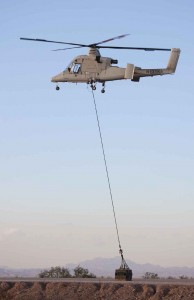
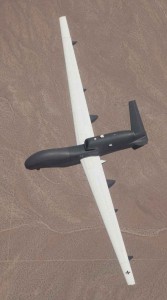
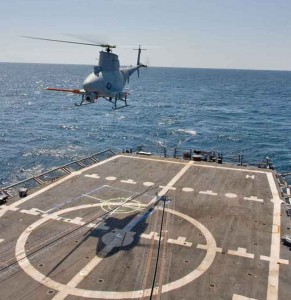
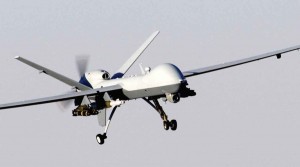
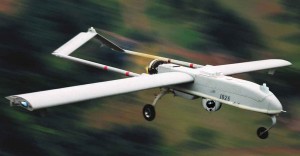
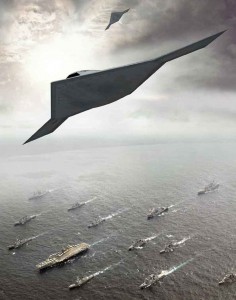

It was a good read